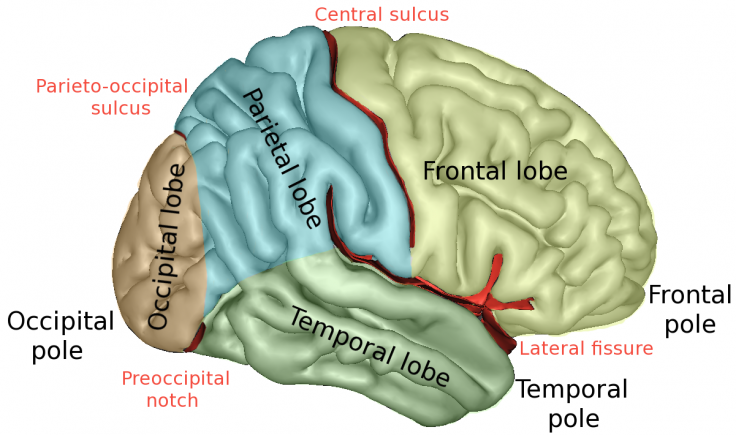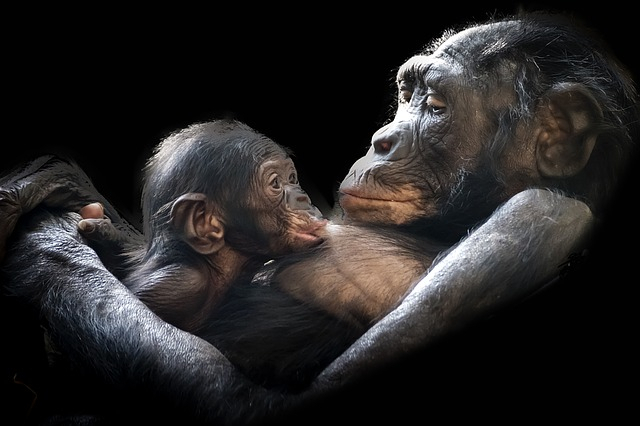The human brain is a very complicated part of the body and is the largest brain of all vertebrates relative to body size. While an average male has a brain volume of 1,274 cubic centimetres, for female it is 1,131 cm3. It should be noted that our brain is divided into two hemispheres: the left and right brain which are connected by a bundle of nerve fibres called the corpus callosum. As per the scientists, while the left brain controls all the muscles on the right-hand side of the body, the right brain controls the left side of the body.
Even though the left and right side of the brain is specialized in controlling some specific abilities of the human body, recently it was claimed that the scientists were not completely right about the left brain functions.
Human brain abilities

It should be mentioned that for humans, language is processed predominantly in the left side of the brain and the right hand is controlled by the motor cortex in the left hemisphere. Left and right hemisphere differ in brain anatomy, the distribution of nerve cells as well as their connectivity and neurochemistry.
Most humans have a combination of a more projecting left occipital lobe, which is situated in the back of the brain, with a right frontal lobe. As per the scientists, human brain asymmetry refers to anatomical, physiological, or behavioural differences between the two cerebral hemispheres.
However, in a new study paper, researchers measured the magnitude and pattern of shape asymmetry of endocasts from humans and apes. They stated that the brain imprints on cranial bones from great apes and humans disprove the well-accepted idea that the human pattern of brain asymmetry is unique.
New theory about the human brain

After the researchers from the Max Planck Institute for Evolutionary Anthropology and the University of Vienna have conducted this study, the lead author Simon Neubauer said, "Great ape brains are rarely available for study, but we have developed methods to extract brain asymmetry data from skulls, which are easier to access. This made our study possible in the first place."
As mentioned by the team, they found that the immensity of asymmetry was about the same in humans and most great apes, while only chimpanzees were, on average, less asymmetric than humans, gorillas, and orangutans. The researchers also revealed that not only humans but also chimpanzees, gorillas and orangutans showed the asymmetry pattern which was previously described as typically human.
Philipp Mitteroecker, a co-author of the study said the more surprising fact is that "Humans were least consistent in this asymmetry with a lot of individual variation around the most common pattern." But while interpreting the author said that this is a sign of increased functional and developmental modularization of the human brain.
As an example, it can be mentioned that the differential projections of the occipital lobe and the cerebellum are less correlated in humans than in great apes. As per the researchers, this is an interesting finding because the cerebellum in humans underwent dramatic evolutionary changes and it seems that thereby its asymmetry was affected as well.
Philipp Gunz, a co-author of the study, said that this shared asymmetry pattern has evolved before the origin of the human lineage. In addition, he said, "Humans seem to have built upon this morphological pattern to establish functional brain lateralization related to typical human behaviours."









